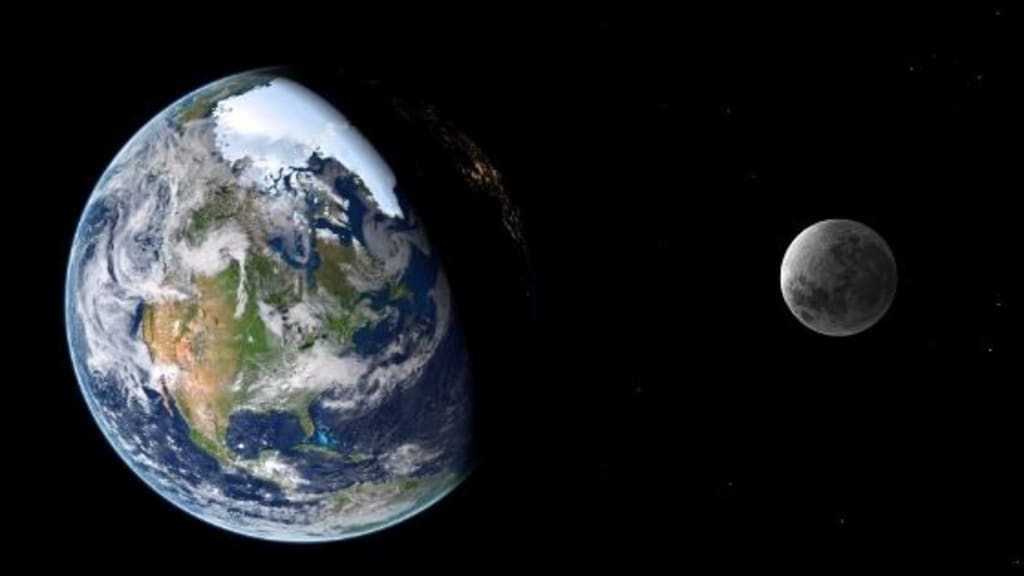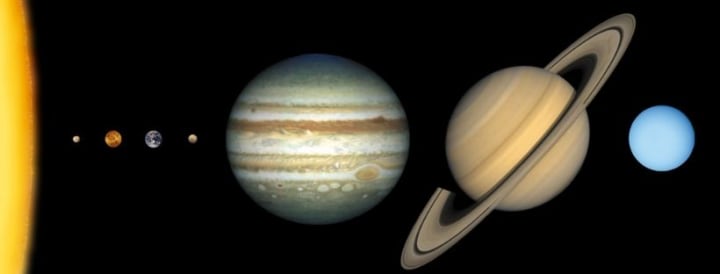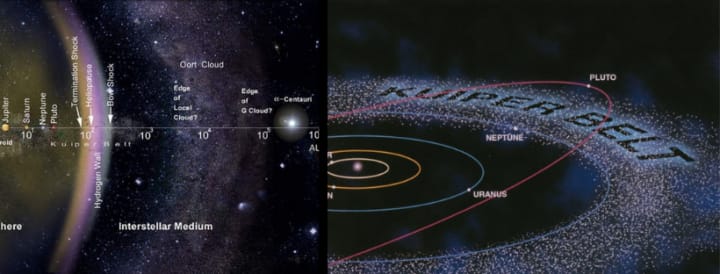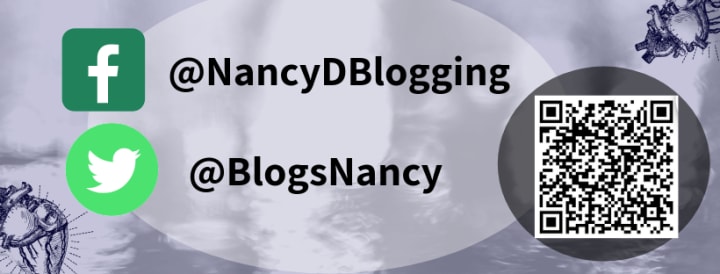
The difference between the solar system and every other star system is that the solar system is ours. In our Solar System, there are two types of planets. The ones in the first five rings are terrestrial or "rock-based" planets. The larger planets contain a solid core surrounded by great amounts of gases. These planets are referred to as the Jovian planets or the Gas Planets.
Jupiter compared to Earth

Jupiter has a diameter of about 88,695 miles (142,800 kilometers), which is more than 11 times the diameter of Earth. Its volume is over 1,300 times the volume of Earth.
The Planets
- Mercury—This is the smallest of the terrestrial planets. It is a solid rock whose surface is massively cratered.
- Venus—Venus is covered in Carbon dioxide clouds. Its surface cannot be viewed by telescopic observation.
- Earth—Home
- Mars—Mars appears to be red because the surface rocks and soil contain abundant, iron-based minerals. When iron rusts, it turns reddish orange. Mars is visible to the human eye during various parts of the year.
- Jupiter—Jupiter is one of the most fascinating planets to view because of its famous "red dot." What one sees when viewing Jupiter is its fast-moving and turbulent atmosphere.
- Saturn—Famous for its rings and yet we still don't completely understand them. More and more is being learned about Saturn's rings in terms of their structure, composition, and mode of formation. It has been discovered that each of the main rings is actually made of hundreds of smaller "ringlets."
- Uranus—The third Jovian planet, Uranus is a cold gas giant whose surface is covered in methane and ammonia.
- Neptune—Neptune is similar to Uranus in many ways. Indeed, it was the influence of Neptune on the orbital motion of Uranus that led astronomers to hunt for this eighth planet.
- Pluto—Percival Lowell, an astronomer in the early 1900s, had predicted that there was a planet out beyond Neptune. He based his prediction on his observations that the orbit of Neptune suffered some slight deviations due to the gravitational pull of something beyond its orbit. In 1930, astronomer Clyde Tombaugh was given credit for "discovering" this planet.
The Kuiper Belt and The Oort Cloud

The outermost regions of our Solar System consists of the Kuiper Belt and the Oort Cloud. The Kuiper Belt is made of many rocks, ranging in size from metres across to thousands of metres in diameter. Pluto is one of the Kuiper Belt Objects, which is why it isn't a planet anymore. The Oort Cloud is made of comets, rocks, dusts, and gases. The Oort Cloud is the last part of our Solar System.

Hello. Nice to meet you! How are you? Hmm... this feels like a really one-sided conversation... why don't you follow me on social media so I can get to know you too!
About the Author
I started blogging about two years ago and my collection of blogs and articles is getting pretty impressive. I’ve taken online classes for writing and even some classes about the art of blogging itself. It would be really awesome if you join the adventure and maybe even help me think of what to write about next. If you would like to submit some feedback or ideas, you can always tweet me on twitter.
Like the story? Share it!
Thank you for reading my article. Would it be okay if I ask another favour though? Would it be okay if you share this on your Facebook page or Twitter? If you can't share, there is a tiny little donate box at the bottom too. No pressure though, just thought I would mention it.
Work Cited
“Ask an Astronomer.” Cool Cosmos, coolcosmos.ipac.caltech.edu/ask/92-How-large-is-Jupiter-compared-to-Earth-.
Williams, Matt. “What Is the Oort Cloud?” Universe Today, 15 Aug. 2018, www.universetoday.com/32522/oort-cloud/.
“Mars, We Are The Martians: Start Up Planet.” BBC Radio 4, BBC, 8 Mar. 2017, www.bbc.co.uk/programmes/p04w60rx.
About the Creator
Nancy D
Facebook @NancyDBlogging
Twitter @BlogsNancy






Comments
There are no comments for this story
Be the first to respond and start the conversation.